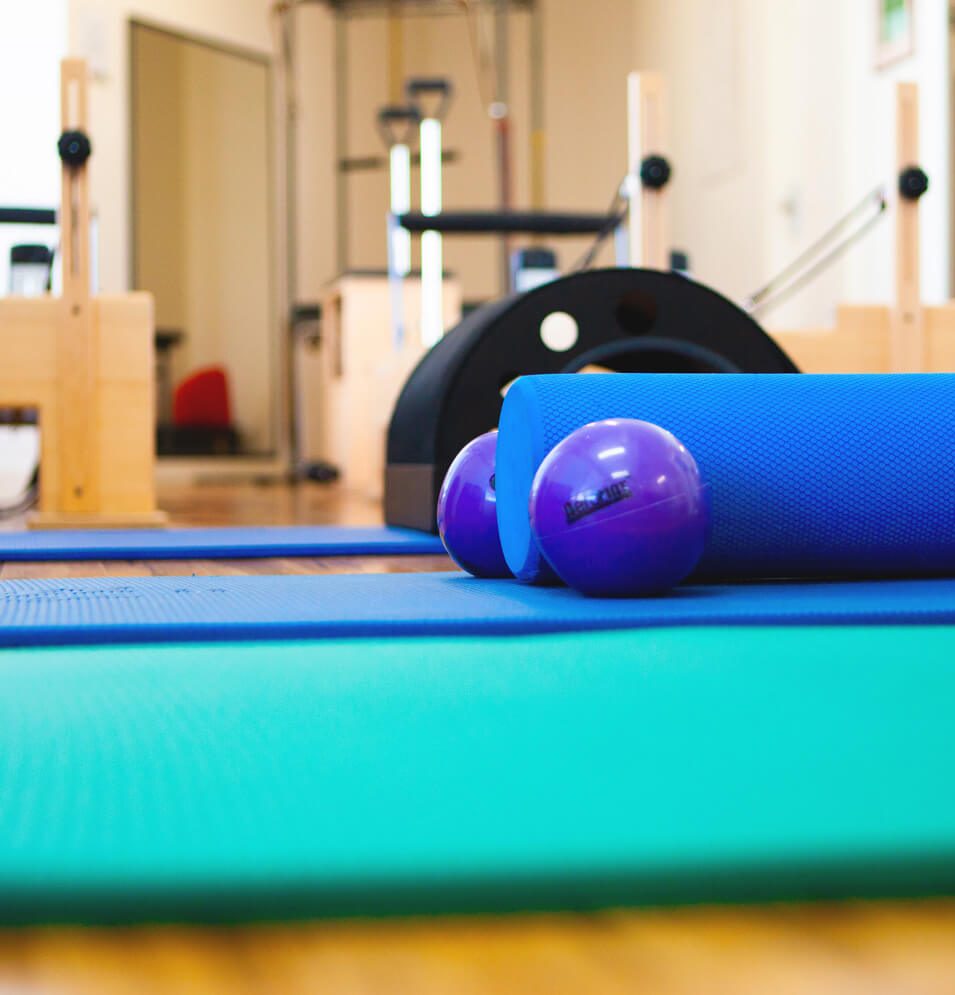Hamstring injuries are one of if not the most common injuries in sport and normally occur during high intensity running or kicking activities.
There is generally a sharp ‘catching’ or ‘grabbing’ pain in the back of the leg along with pain and loss of function/power. If the strain is not too severe you may be able to continue playing with limitations.
In the thigh there are 3 hamstring muscles, semimembranosus, semitendinosus and biceps femoris.
Most hamstring injuries occur during take off to sprint or when trying to rapidly decelerate, it is during this transition that the hamstrings are vulnerable to strain.
Unfortunately hamstring strains have a high re-injury rate due to poor rehabilitation and/or returning to activity too quickly, therefore physiotherapy becomes vital for return to sport.
Physiotherapy
Physiotherapy plays a very important part in the rehabilitation of hamstring strains.
A physiotherapist will diagnose the extent of the injury and help to exclude any additional muscle or tendon damage.
Your physiotherapist may also grade your injury by the severity of your symptoms (e.g. loss of range and loss of power).
Grading is usually done on a scale of 1-3 with 1 being minor and 3 more severe.
A comprehensive rehabilitation program is required if the athlete is to return to sport and avoid re-injury.
Initial management:
Initially this consists of trying to limit the extent of damage post injury and is important for commencing rehabilitation as quickly as possible.
- Rest – You may need to limit the amount of weight put on the injured leg due to pain. Also try to avoid putting further strain on the affected muscle. This will help limit further injury.
- Ice – Apply ice to the affected area continually alternating for 15 minutes at a time.
- Compression – Using a compressive bandage can give support to the injured muscle and help to limit swelling.
- Elevation – Keeping the injured area elevated can limit swelling and bruising.
- Medication – Use of non-steroidal anti-inflammatories (NSAIDs) for muscle strains is debatable. One school of thought is to allow for the initial acute phase of 72 hours (3 days) to occur and then commence NSAIDs to limit any excessive irritation/inflammation of the surrounding tissue.
Rehabilitation
The greatest risk of a hamstring injury is a previous hamstring injury.
As soon as pain allows you to commence a guided rehabilitation process you should begin putting some load through the muscle.
This may consist of simple range of motion exercises and stretching initially so the site of healing is not disrupted.
At this stage simple walk/jog activities would be advised as long as they are pain free.
As you progress exercises may involve higher load and dynamic activities such as hamstring curls, dead lifts and arabesque exercises (or something similar).
Conditioning should start to involve high intensity running of varying intervals again at a pace that is comfortable.
The distance/duration of all exercises should be specific to your sport and take into account whether it is endurance or explosive efforts that will be required.
The eccentric component of loaded exercises is vital for rehabilitation from muscle strains.
Basically this involves putting the muscle under load as it stretches, allowing the newly laid fibres to strengthen as they lengthen.
This is important because while running or kicking the muscle must work to control this movement while stretching and in doing so can be more vulnerable to injury.
Sports Medicine Australia (SMA): A not for profit member organisation has released an excellent information brochure about hamstring Injuries.
As most of the sports medicine doctor, physiotherapists, and podiatrists are active members of Sports Medicine Australia, we recommend you view this brochure, and it’s contents.
For more information about Hamstring Injuries, see your local Lifecare practitioner.
Click here to find your closest Lifecare clinic.

